Bestseller
Electrical Properties of Materials
Synopsis
We have taken the opportunity of a new edition to include some subjects which reached maturity in the last 5 years, like organic semiconductors and artificial materials. Other additions are mainly in the device field. We have added microelectromechanical systems (MEMS), integrated circuits growing in the third dimension, expanded considerably nanoelectronics heralding the advent of radically new devices still at the laboratory stage like nanotube transistors, single electron transistors, and organic transistors. We added quantum wires, quantum dots, and the quantum cascade laser to the section on semiconductor lasers, introduced a new set of magnetic devices, whose operation is based on electron spin, under the heading of spintronics, added a new ferroelectric random access memory of the dielectric chapter and described a very fast new memory in the superconductivity chapter. We can claim sustained progress on all fronts. A possible exception is the theory of superconducting mechanisms that continues to exasperate the experts. Theory of superconducting mechanisms that continues to exasperate the experts. The biggest change has probably occurred in the Field of lighting with remarkable advances in light emitting diodes based on GaN and with the supervising emergence of organic molecular devices glowing brightly. It can be argued that the tungsten filament electric light, invented by Swan and Edison in 1861 and 1879, did more to improve the lives of people than most inventions (oil Lamps were very tedious-Second World War experience). The basic technology was similar to htermionic valves, which came later and have long since almost vanished. So is it time for solid state electronics to take over with more efficient lighting, reduce greenhouse emissions and perhaps save the planet? We hope so. In preparing this edition, we again benefited from comments received from students and lecturers. We are grateful to Professor Tung Hsu of the National Tsinghua University who called our attention to a mistake that has been there since the first edition. Our thanks are due to Richard Syms who not only introduced us to a subject we knew little about but also provided us with a draft version of the sections on MEMS and on its application in optical switching. We are indebted to Hisashi Masui for the anthropomorphic analogy of the vander Walls bond. We also wish to acknowledge the help we rec3ived from Harry Andreson, Kristerl Fobelets, and Paul Stavrinou in the fields of organic semiconductors, semiconductor devices, and lasers, respectively. And thanks to Steffi Friendrichs for help with nanotubes.
Read more
35.10
31.59
$
39.00 $
Free delivery Wolrdwidе in 10-18 days
Ships in 1-2 days from New Delhi
Membership for 1 Year $35.00
Get it now and save 10%
Get it now and save 10%
BECOME A MEMBER

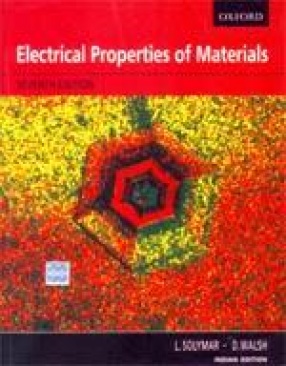
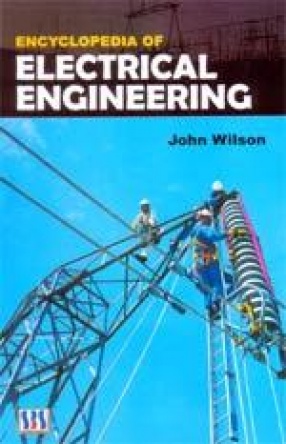
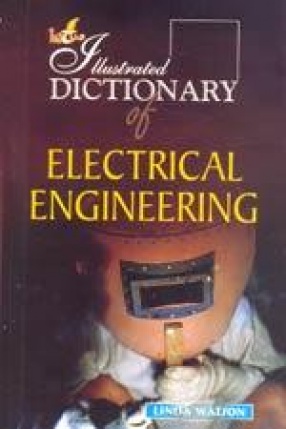
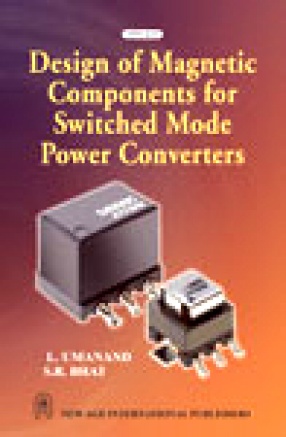
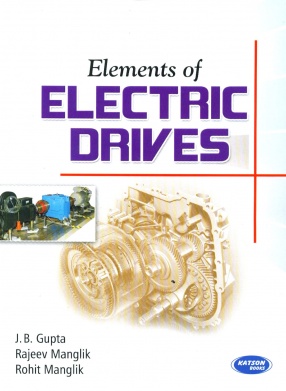

Bibliographic information
D. Walsh